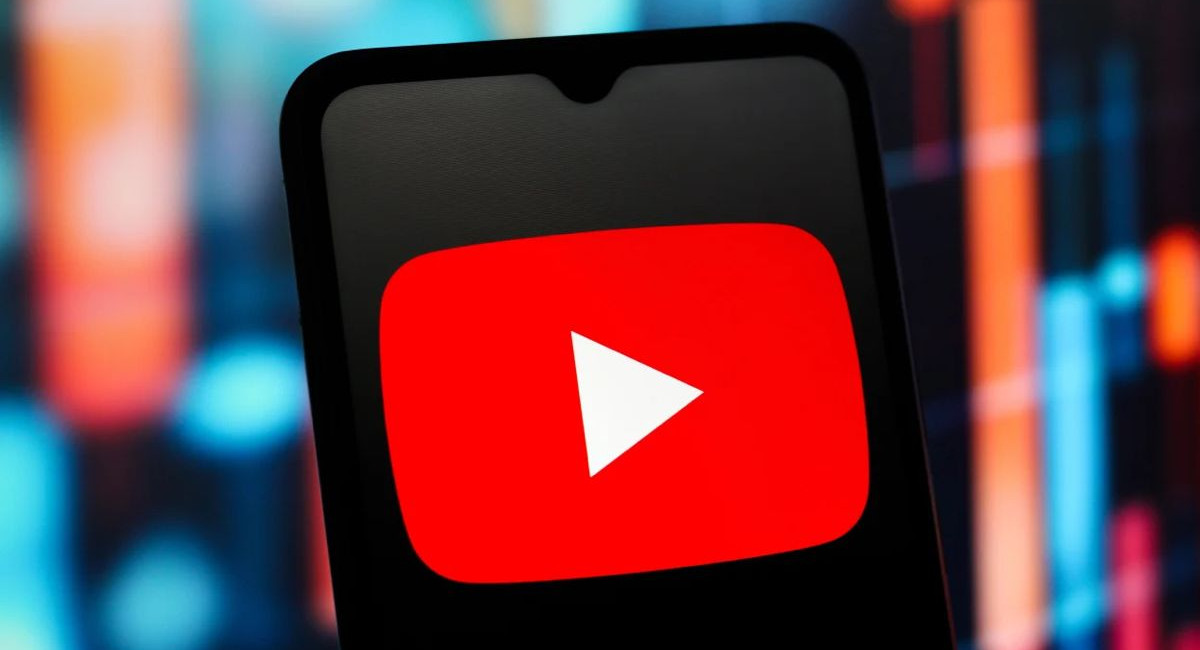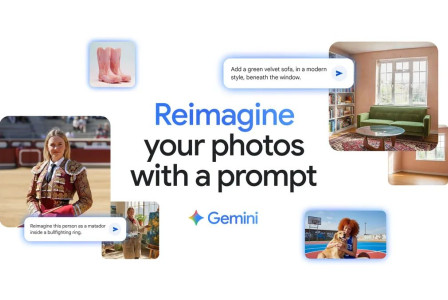SEARCH
YouTube experiments with Creator Collabs like TikTok and Instagram

SHARE IT
YouTube is taking another step toward becoming a more social-friendly platform by testing a new collaboration feature that mirrors tools already widely used on TikTok and Instagram. In a post shared recently by a Google employee on the YouTube Help forum, it was revealed that the video-sharing giant is currently piloting a feature that allows creators to tag collaborators directly in their videos, providing new opportunities for exposure and subscriber growth.
This new move by YouTube is part of an ongoing trend in which major social media platforms continue to borrow successful features from one another. In this case, YouTube appears to be repackaging an already proven concept from its competitors, offering creators a way to share the spotlight and cross-promote content in a more seamless and integrated manner.
Currently, the feature is only available to a limited group of trusted creators as part of a controlled testing phase. Although there is no specific timeline yet for a broader rollout, YouTube has indicated its intention to expand access if the trial proves successful. Among the early adopters is YouTube megastar MrBeast, who recently published a video utilizing the feature alongside fellow creators Mark Rober, Ben Azelart, and the Stoke Twins. The video is one of the first public examples demonstrating how collaborative tagging will work in practice.
Functionally, the feature closely resembles its counterparts on TikTok and Instagram. When viewers click on the name of the main video creator, a pop-up window appears displaying the names and profiles of all tagged collaborators. Each name is accompanied by a subscribe button, making it easier for viewers to follow the other creators featured in the content without navigating away from the video.
This interface is designed not just for convenience but for strategic exposure. For creators, being tagged in high-profile videos can significantly boost visibility and drive subscriber counts, especially when featured alongside influencers with large audiences. However, similar to how collaborations work on other platforms, creators won’t be able to tag just anyone at random. An invite-and-accept system will likely be in place, meaning that only confirmed collaborators will appear as co-authors on a given video.
YouTube’s decision to introduce this feature aligns with its broader strategy of staying competitive in the short-form and creator-driven content space. Over the past few years, the platform has made significant efforts to rival TikTok’s growing dominance, particularly with the introduction and expansion of YouTube Shorts. While Shorts have gained popularity, maintaining creator engagement and community-driven content remains essential for YouTube’s long-term positioning in the social video landscape.
Adding collaborative tools also benefits YouTube by encouraging more creators to work together and share audiences. This not only helps individual channels grow faster but also increases overall viewer engagement and time spent on the platform. For YouTube, this translates into greater ad revenue opportunities and a stronger foothold in an increasingly saturated digital content market.
Although the feature is still in its early stages, its potential implications are far-reaching. If widely adopted, collaborative tagging could become a core component of the creator experience on YouTube, especially for content genres that naturally lend themselves to partnerships—such as challenges, tutorials, comedy sketches, and science experiments.
The move also reflects a broader shift in how content creation is evolving online. As audiences increasingly expect interactive and community-based content, platforms must equip creators with tools that promote connection and shared identity. Whether YouTube’s new collaboration feature will achieve the same level of success as those on TikTok and Instagram remains to be seen, but it’s clear the platform isn’t afraid to follow proven trends in pursuit of growth.
In the meantime, the YouTube community will be watching closely as the feature rolls out to more creators. Whether you’re a fan of behind-the-scenes content, group challenges, or multi-creator series, this could mark the beginning of a more connected and collaborative era on the world’s largest video platform.
MORE NEWS FOR YOU

 Help & Support
Help & Support 

